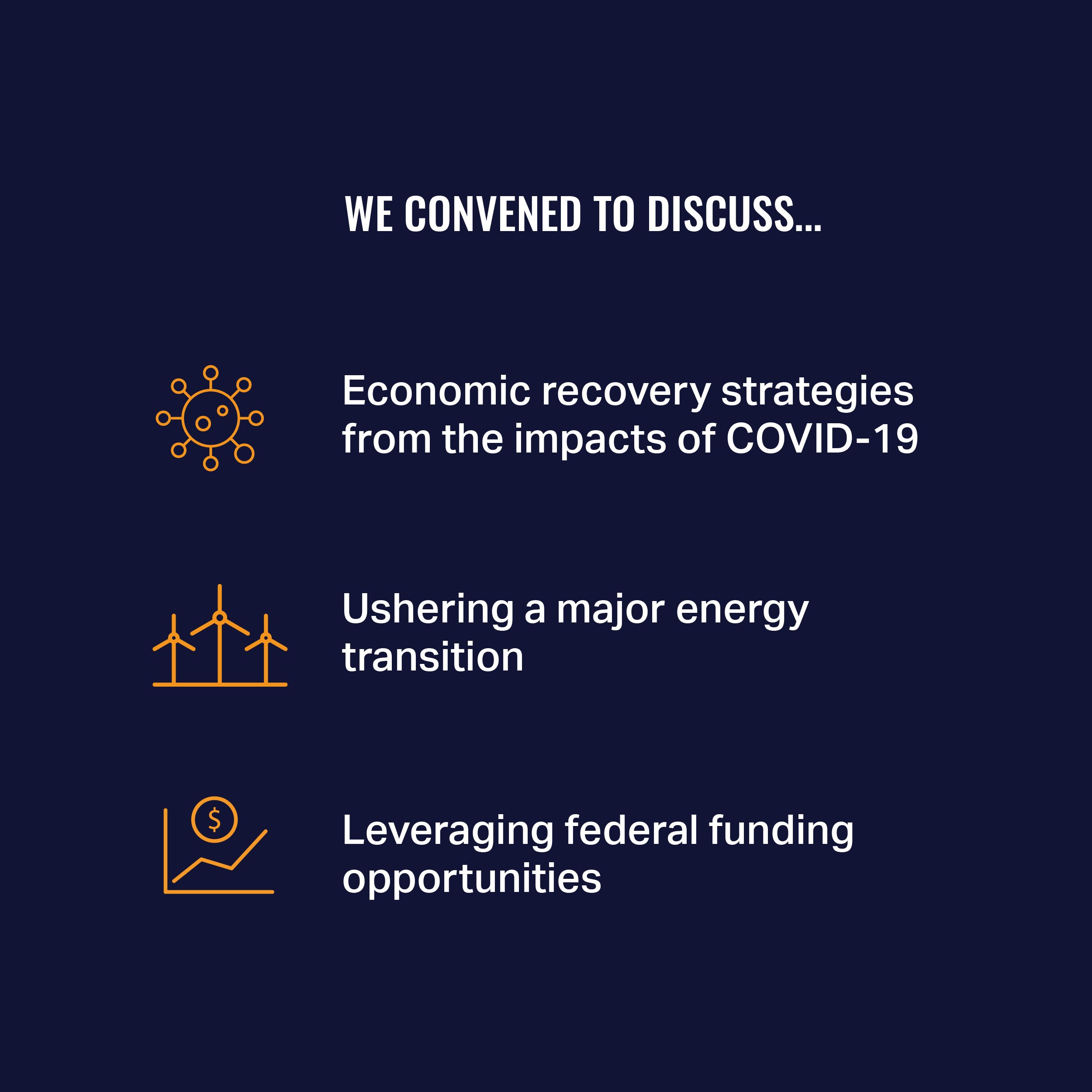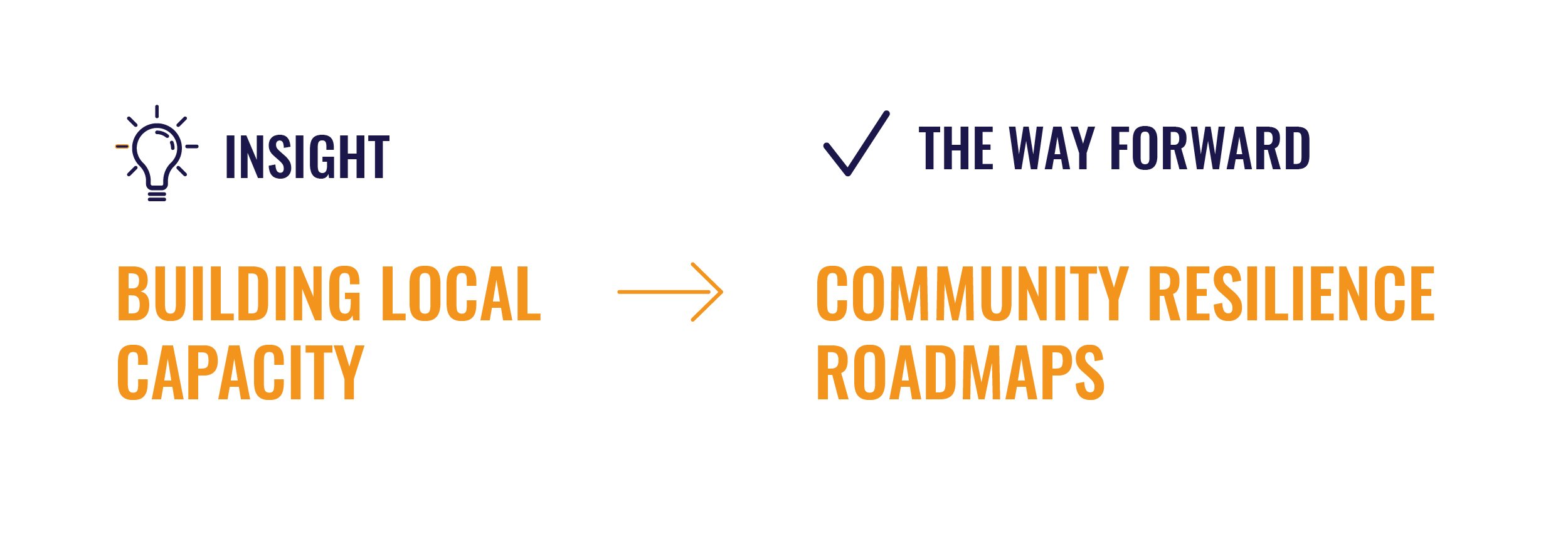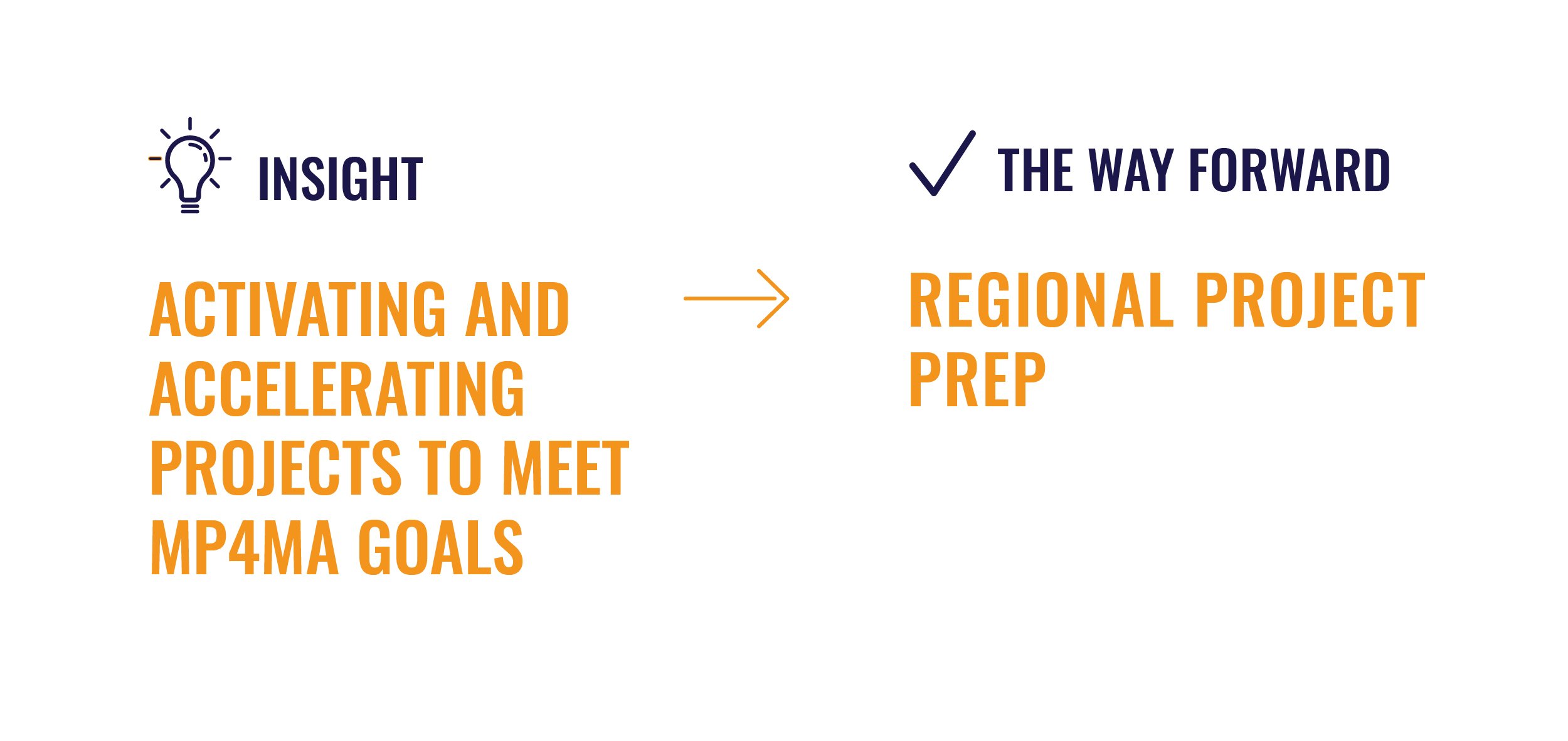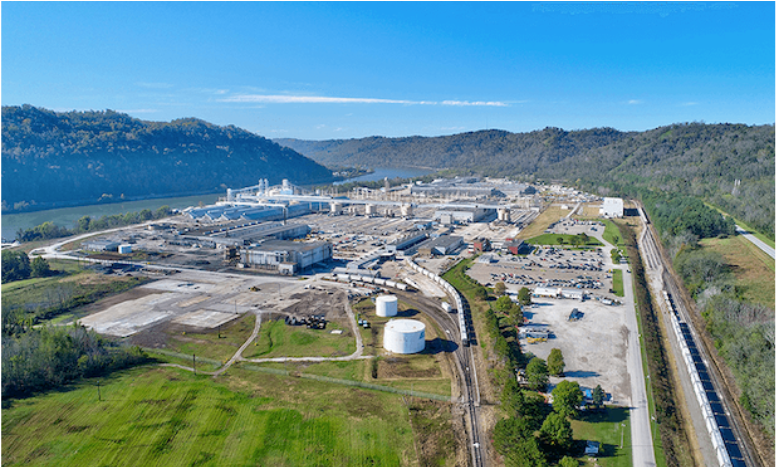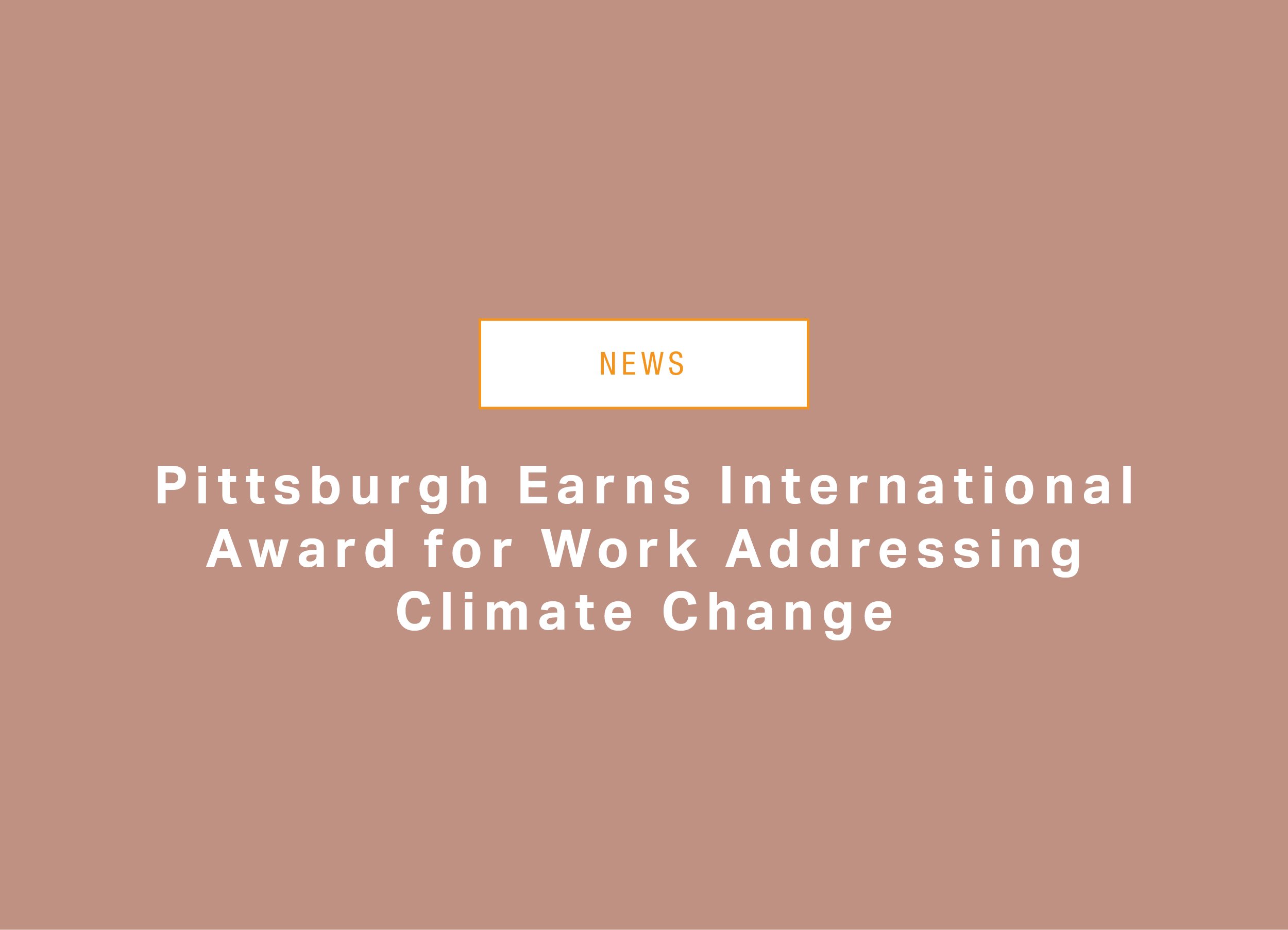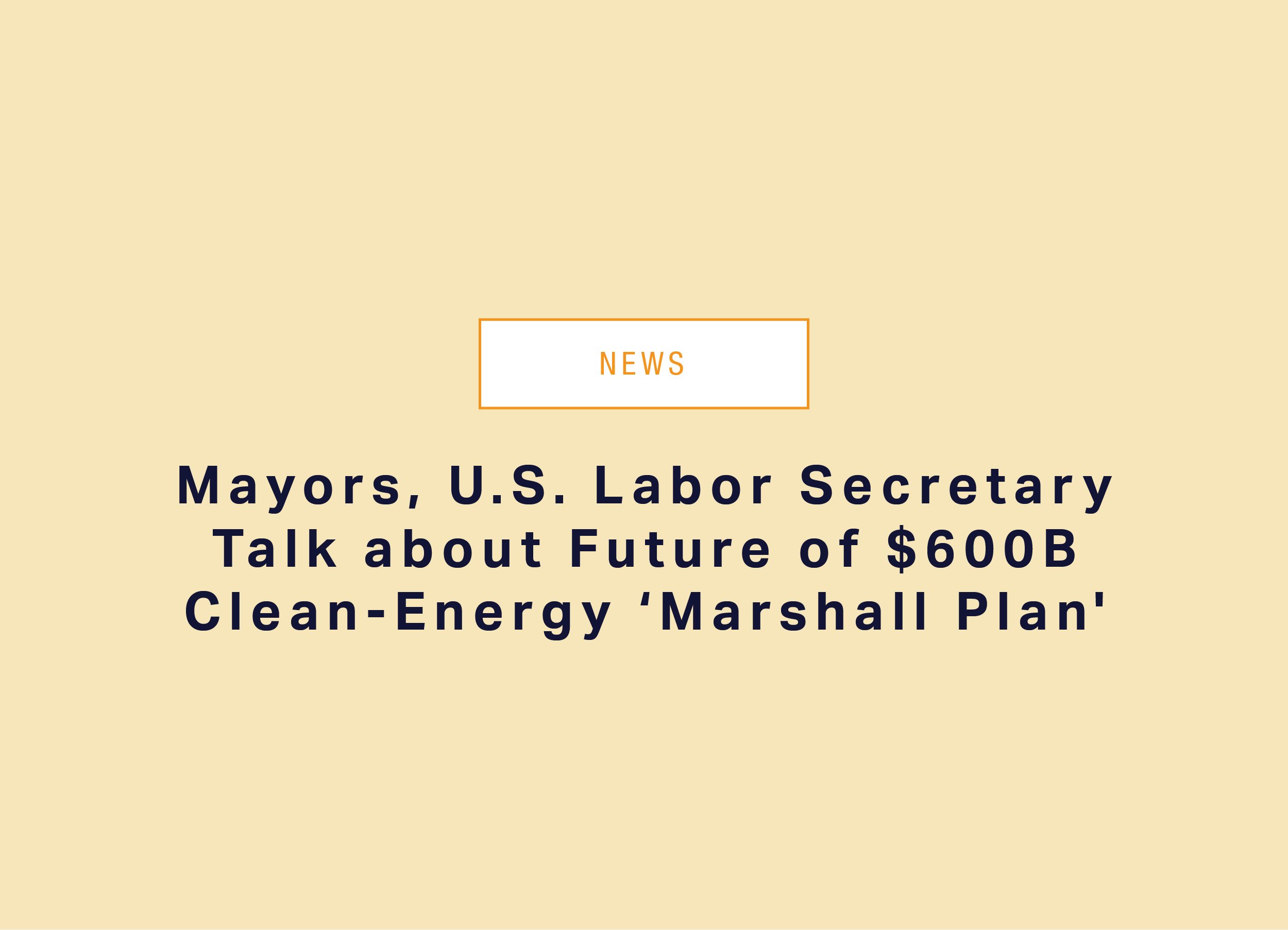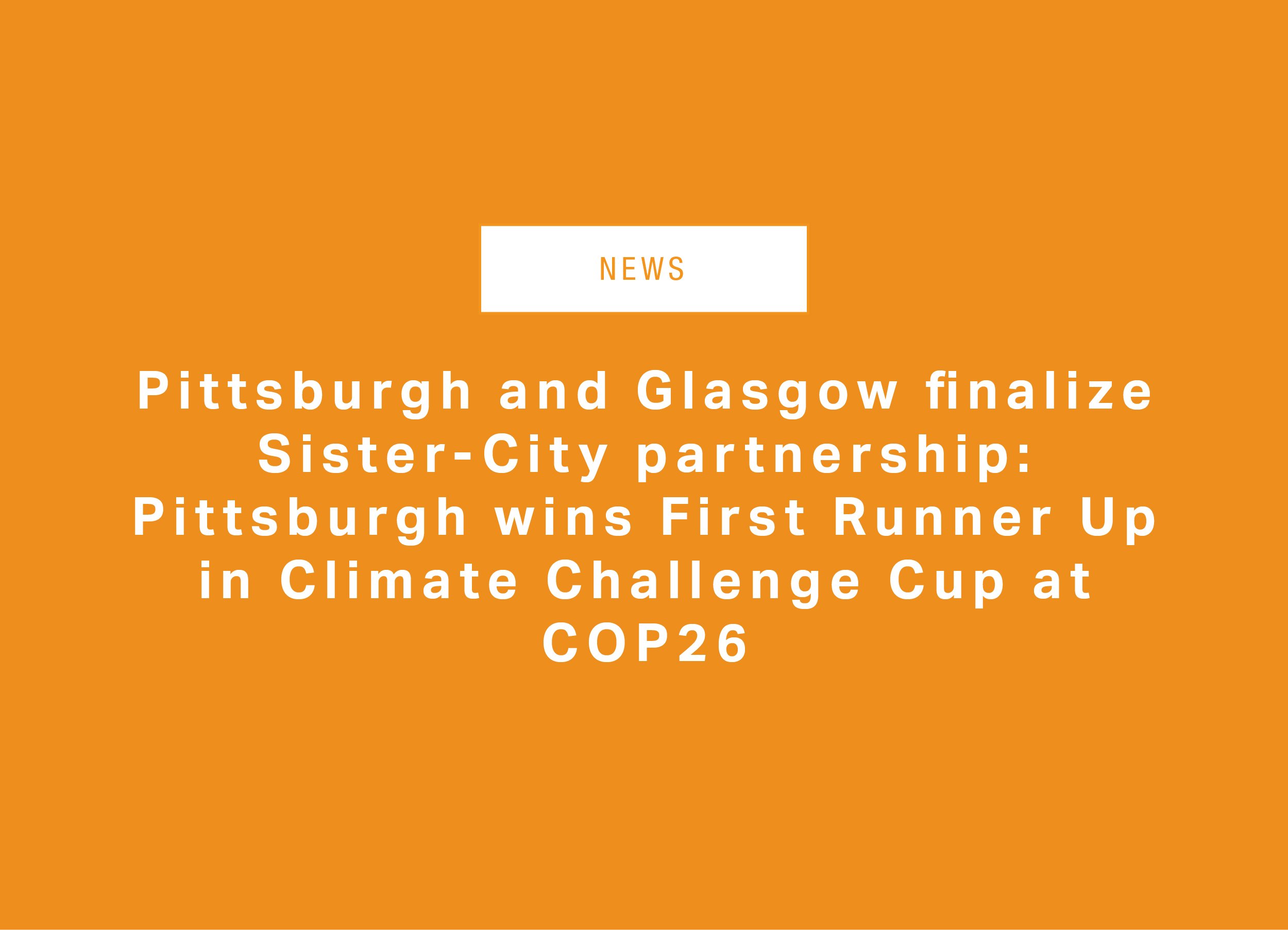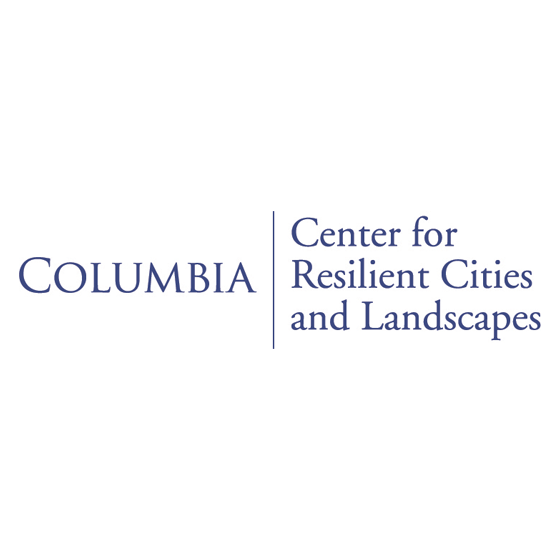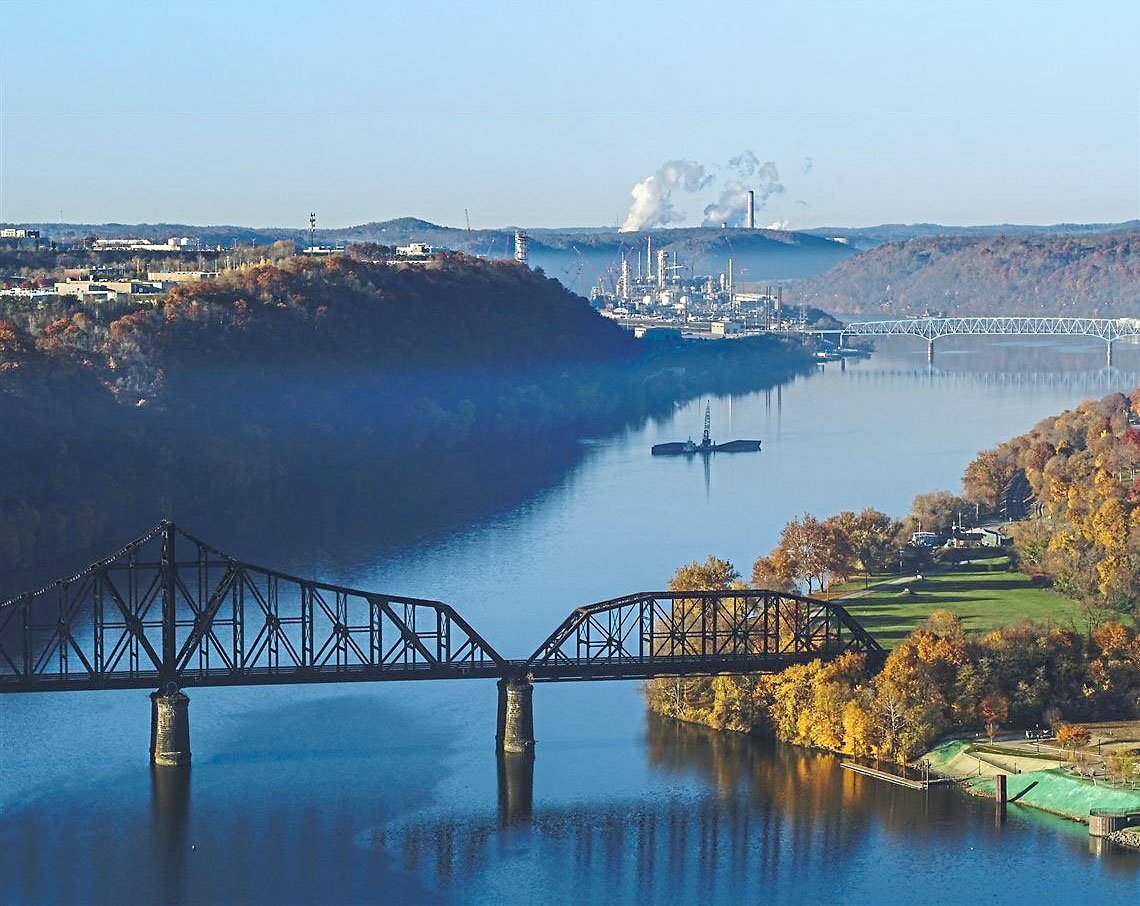
Introduction
FOREWORD
The Federal Government’s ambitious climate change agenda is a national call to action. Supported by recent and anticipated Federal spending, the United States is poised to move forward on a long deferred transition away from an economy anchored on fossil fuels of the last Industrial Revolution. Perhaps no region in the US has seen the extreme benefits and perilous pitfalls of the past 100 years than the Ohio River Valley and Upper Appalachia.
In late September and early October 2021, a cross-sectoral group of over 190 actors gathered together in a virtual summit to activate and accelerate the critical work needed to meet the broad reaching goals laid out by nine local Mayors, including Pittsburgh, PA; Cincinnati, OH, and Huntington, WV, in the Marshall Plan for Middle America Summit. This summit was inspired by and built on the critical work of the Marshall Plan, and advanced by our local partners, Reimagine Appalachia, Heartland Strategies, and the City of Pittsburgh.
During the four sessions of the summit, some important themes and lessons emerged that can be expanded throughout the country as we seek to activate the moment and transform our economy while creating the next generation of good paying, wealth building jobs. Heidi Binko from the Just Transition Fund stressed the importance of acting with intentionality towards a future vision with a deliberate focus on the communities in deep poverty. Brad Markell from the AFL-CIO elevated the need for skilled labor and how critical it is that workers are active partners and a part of the solutions from beginning to end. Bruce Katz from Drexel University cautioned us all that while funding may be coming, the institutions in place are not designed to meet our current challenges and we are really in the midst of a delivery crisis where the scale and scope of projects will overwhelm the current delivery ecosystem. And finally, Former Mayor Bill Peduto from the City of Pittsburgh stressed the importance of working regionally, working and learning together, and developing a partnership with the Federal government.
All of this to say, the work in front of us is complex, and at a scale we have not tackled since the first half of the 1900s. The Federal government is committed to making unprecedented investments in infrastructure, but regardless of the size of funding, true transformation will only come with the investments and risk from the private sector. It is critical for local and state governments to ensure each dollar spent in their community – whether from government or the private sector – must work towards a shared vision that realizes not only a clean and sustainable economy, but an economy that provides opportunity to everyone and drives reinvestment in long forgotten communities. At Resilient Cities Catalyst, we work with government and communities to do just this-- we help each community build a more resilient version of itself, while striving towards a larger vision.
To help overcome the delivery crisis, all actors must change the trajectory and the pace in which they work. One successful method is through a funded competition that builds on the lessons learned from the National Disaster Resilience Competition run by the Housing and Urban Development Agency in 2014. This $1 billion competition was a call to action for state and local governments to leverage federal funding to begin the transformation of local communities after a nationally declared disaster. It was also a call to action to local community groups, private sector actors, and subject matter experts to share their needs and expertise to ensure the outcomes of HUD’s investments went well beyond the original disaster and helped move the community forward.
For communities around the country coming off decades of social, physical and economic disinvestment, along with even more frequent climate events and the chaos of the global pandemic, there has never been a better time in America to reinvent and reprioritize how our systems operate and acknowledger shared goals and local visions. To do this we must support new institutions, leverage new tools, grow the amount and types of people at the table, and ensure these unprecedented federal investments are a catalyst for generational transformation for all.
Andrew Salkin,
Founding Principal, Resilient Cities Catalyst
The Challenge
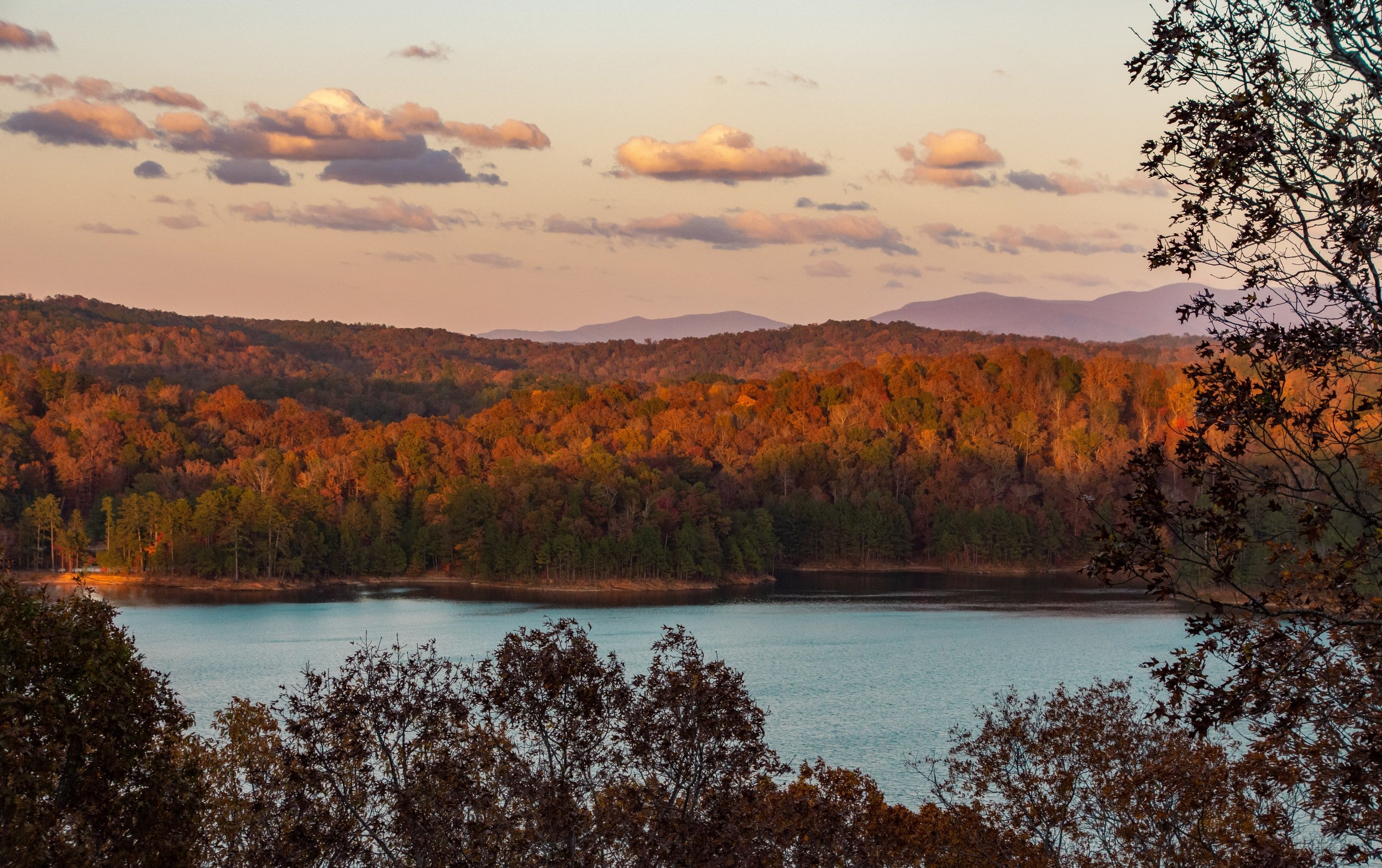
MP4MA BACKGROUND
The Marshall Plan for Middle America (MP4MA) Roadmap has mapped out a vision for a regional, diverse stakeholder coalition to activate equitable economic recovery in the Upper Appalachia/Ohio River Valley region, while laying the foundation for a robust renewable energy sector.
Encompassing nine key cities across four states in the region, the plan envisions $60 billion annually over the next 10 years, through private investment, federal, and state funding.
MP4MA has signaled a generational opportunity to spur the region’s renewable energy sector and revitalize its economy, but it won’t happen without new approaches and tools bringing together key community stakeholders, private sector, and government interests to activate new partnerships and build capacity.
The MP4MA Summit Summary
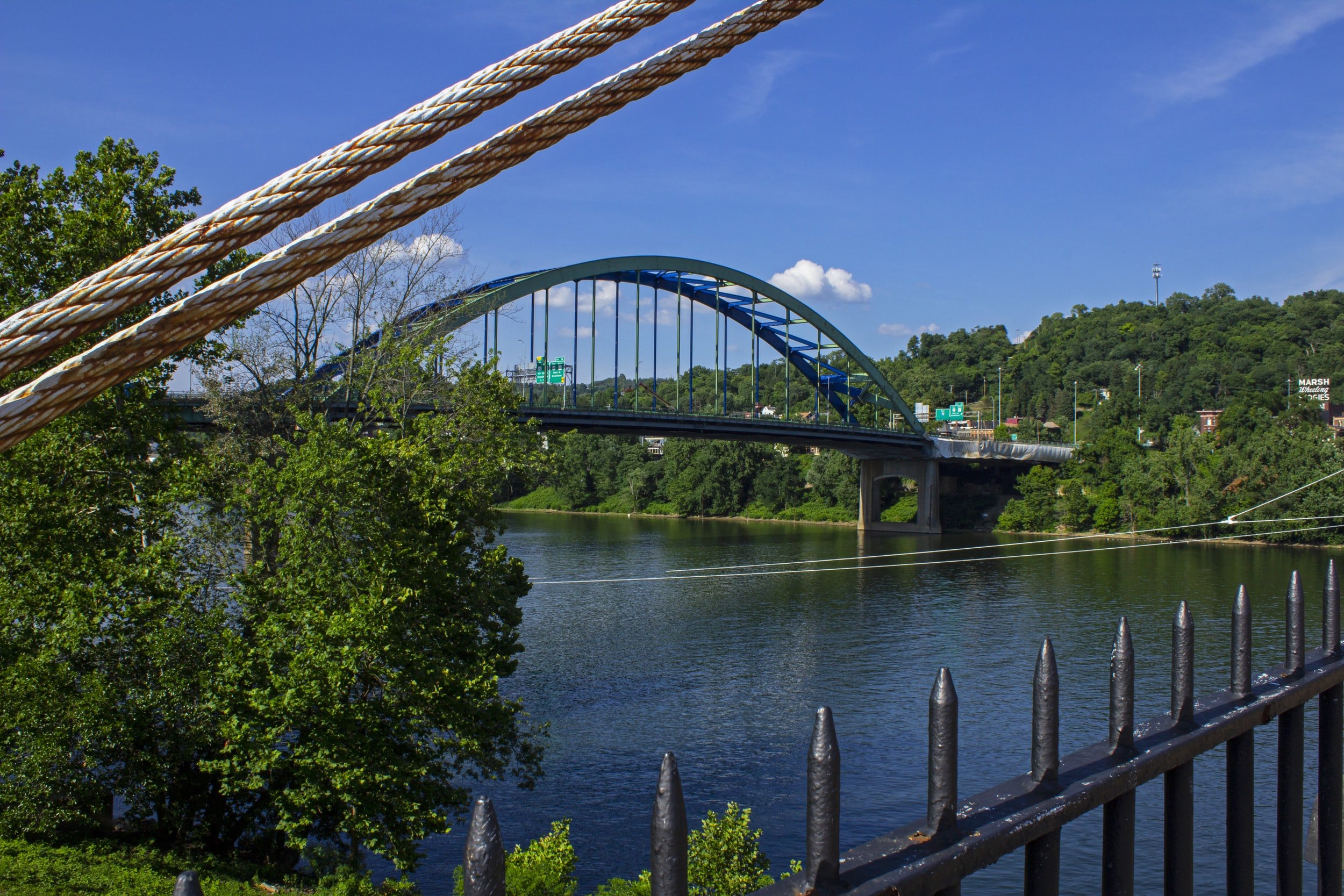
To explore innovative approaches to address these challenges in the context of the Ohio River Valley and Upper Appalachia region, RCC and the City of Pittsburgh convened national and regional experts, along with key leaders in the region representing diverse community stakeholders. The Marshall Plan for Middle America Summit was a sequence of virtual immersive convenings and small group working sessions in late September and early October of 2021. Over the course of these sessions, participants gathered to better understand innovative design and shared best practices that address economic recovery and energy transition challenges. Additionally, participants surfaced a set of recommendations for viable projects and next steps that are ripe for further advancement.
OUR GOALS FOR THE SUMMIT WERE TO:
Build cross-sectoral partnerships required for regional transformation
Drive multi-benefit outcomes for the region, through a detailed understanding of key roadblocks
Position the region to receive and leverage federal funding to development and implement transformation projects
Align actions to fulfill the Marshall Plan for Middle America’s goals
SUMMIT HIGHLIGHTS
WE ASKED PARTICIPANTS TO ENVISION SUCCESS:
WHAT WOULD THEIR NEWSPAPER HEADLINES READ IN YEAR 1 AND YEAR 5
IF MP4MA WAS A SUCCESS?
WHAT WE HEARD FROM PARTICIPANTS
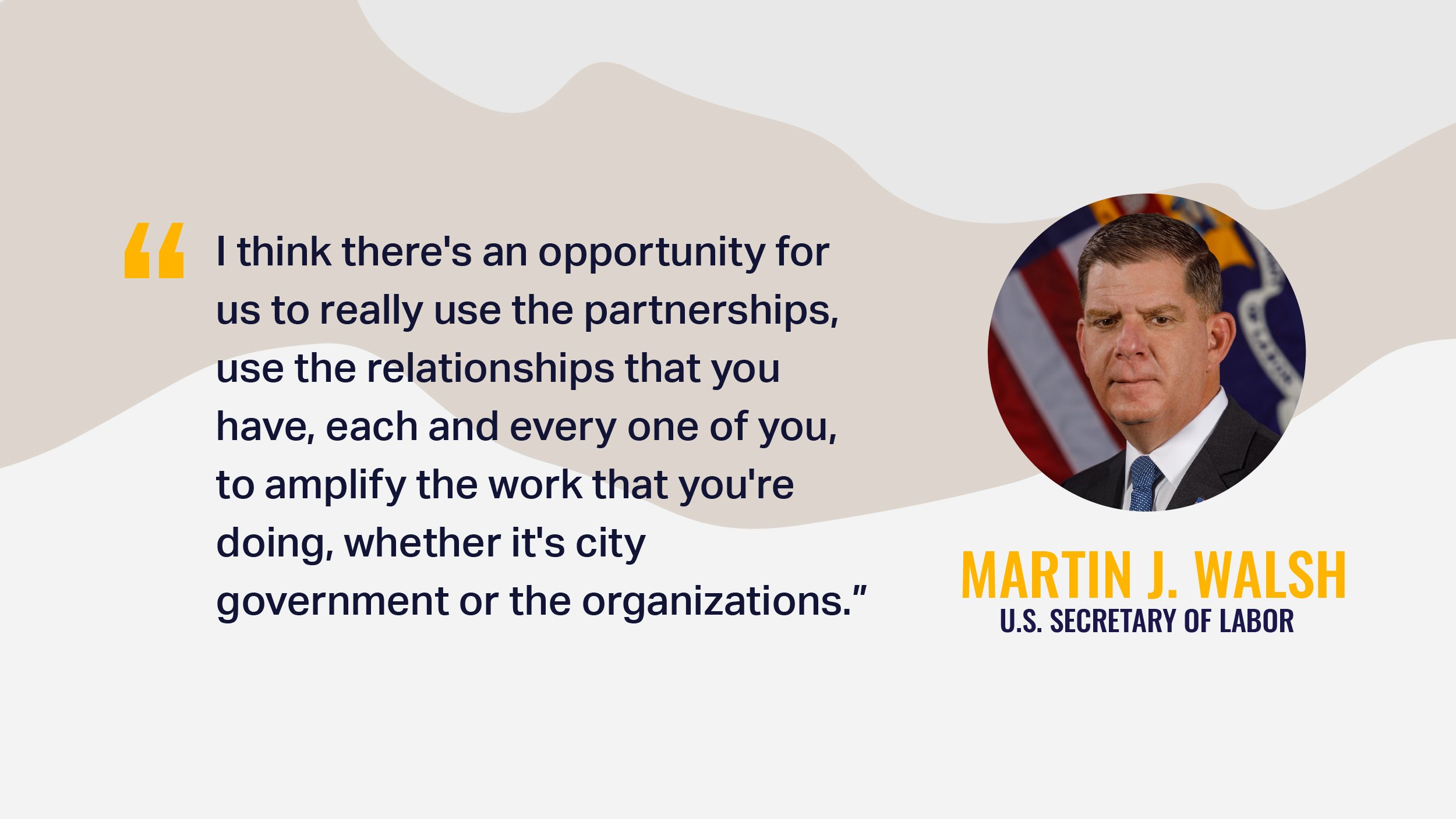
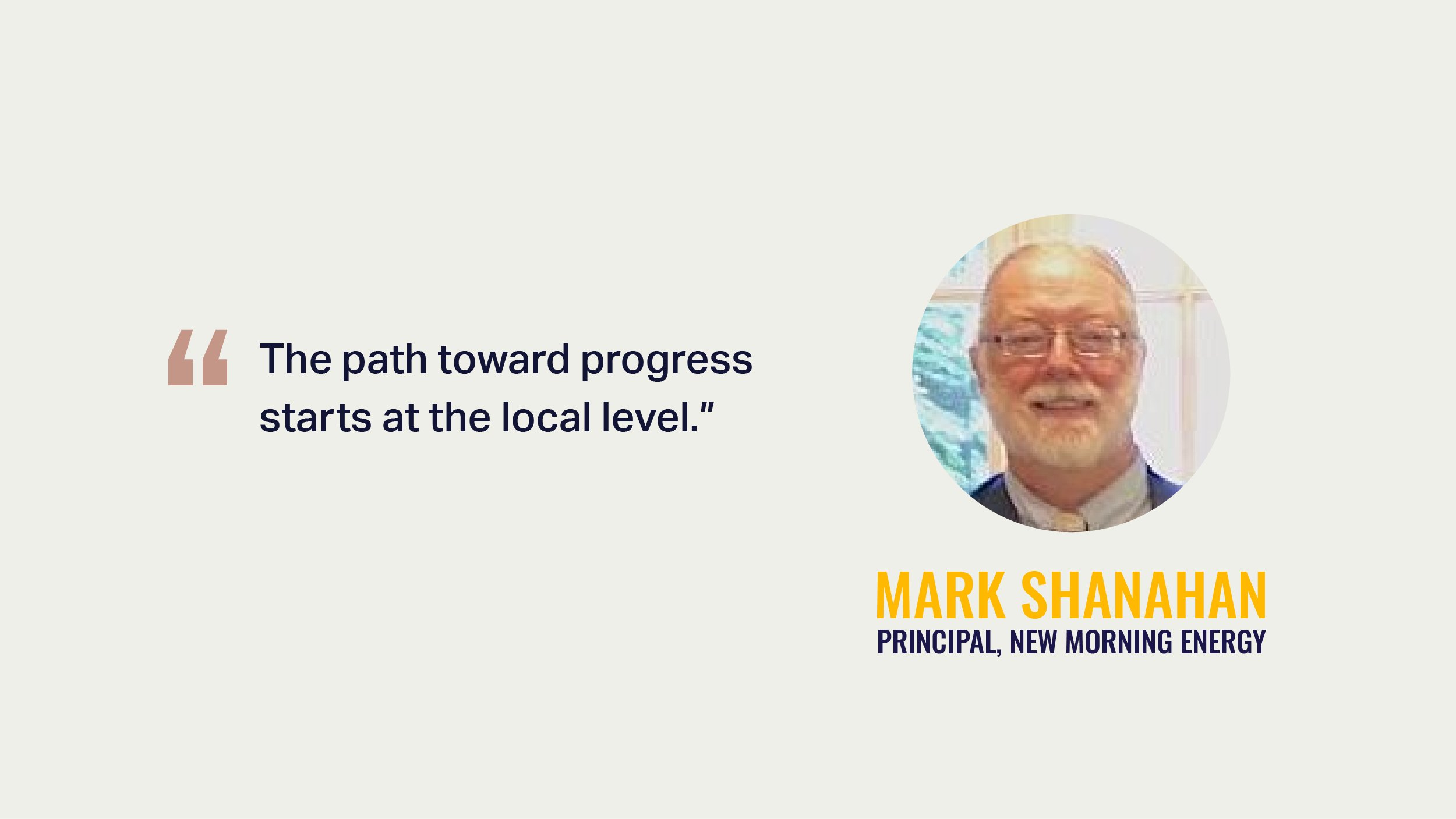
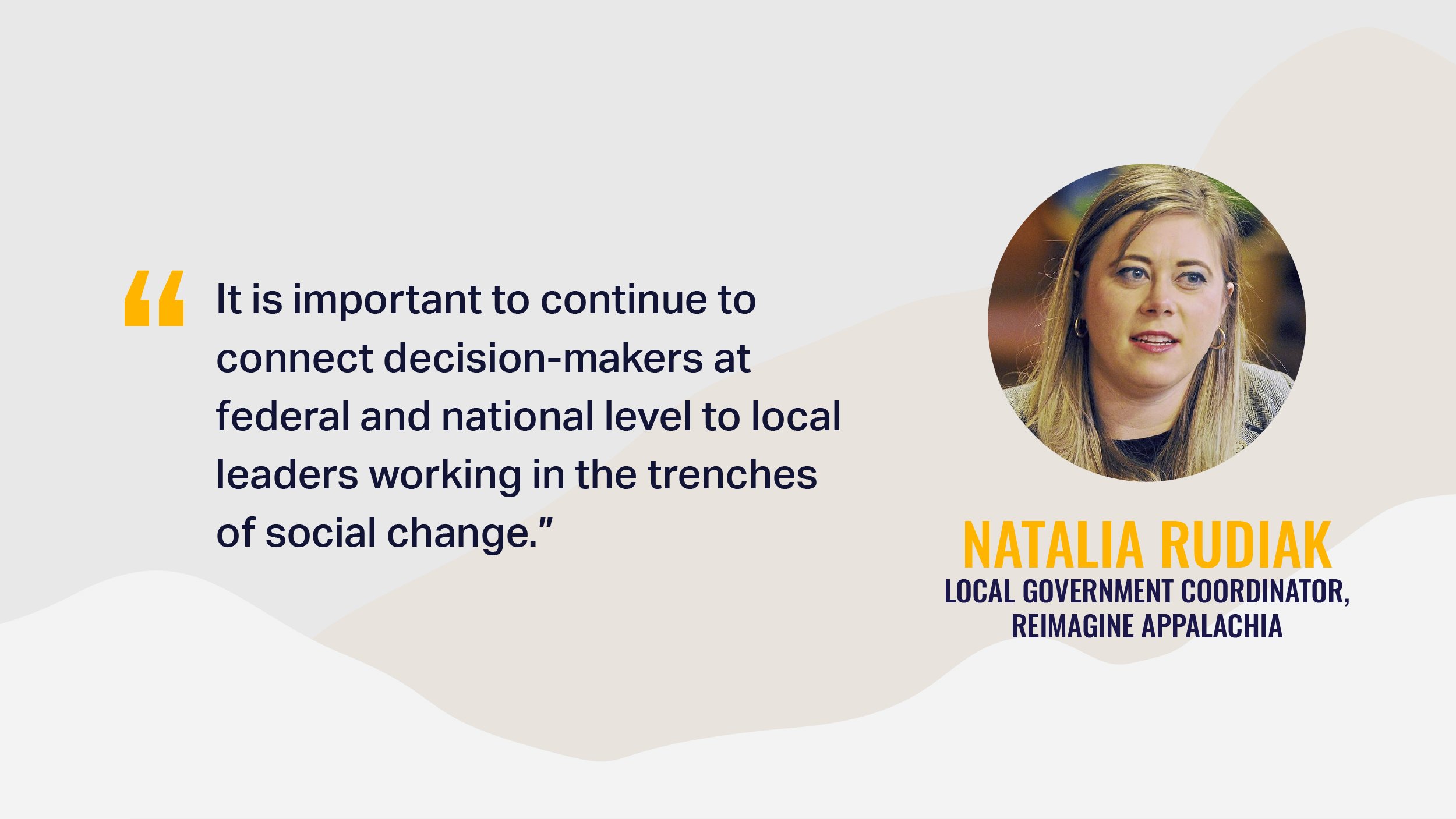
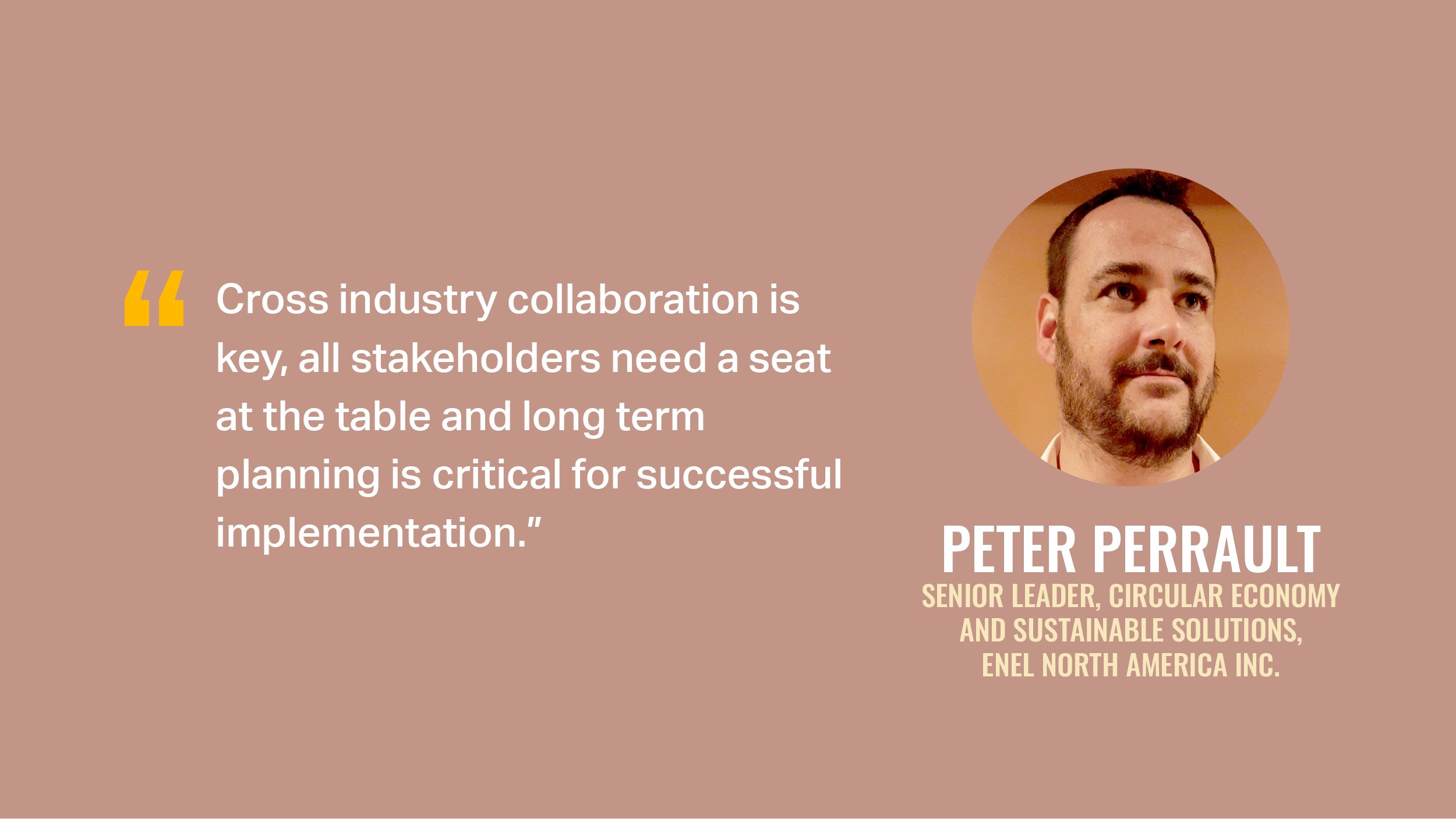
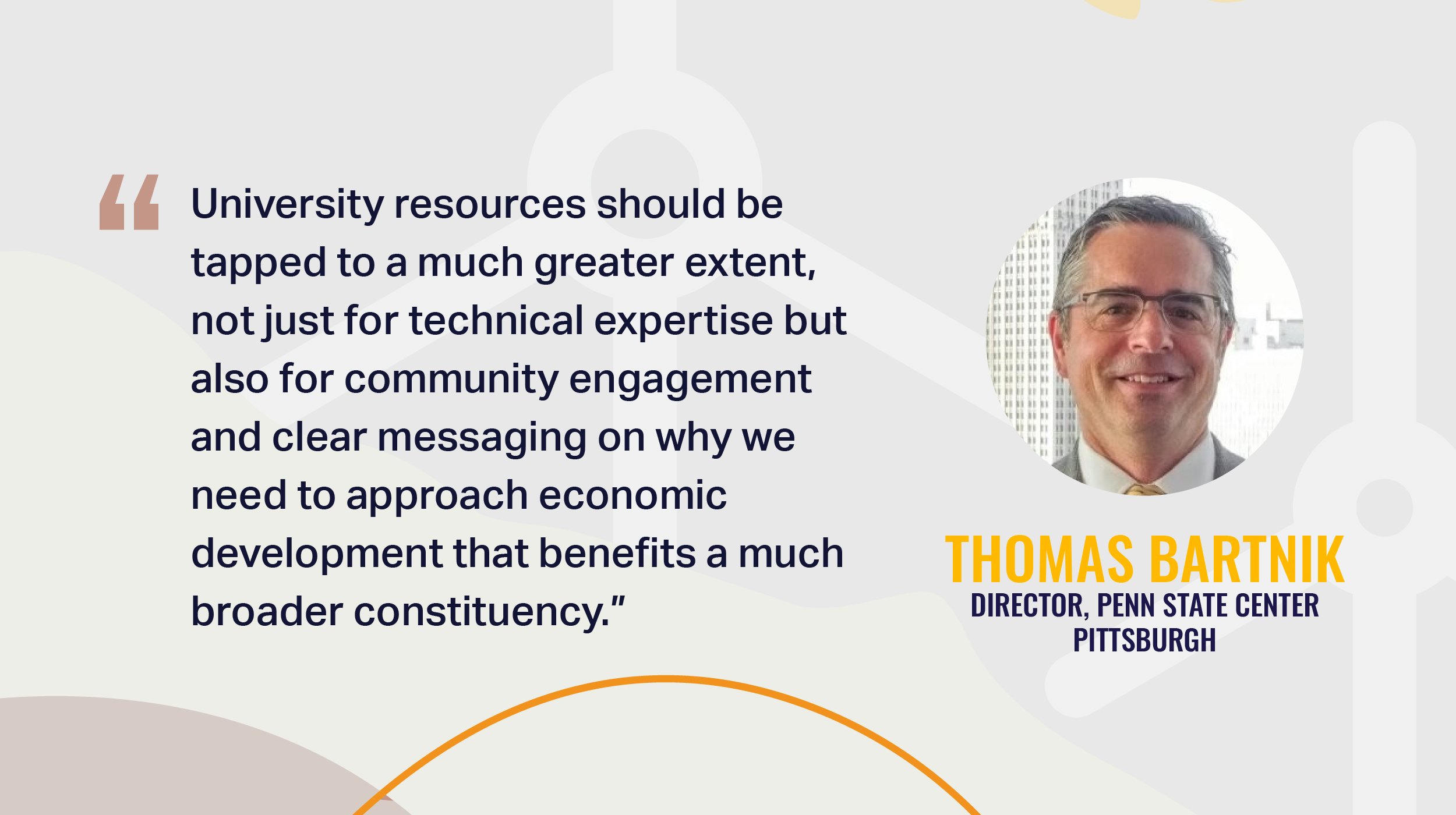
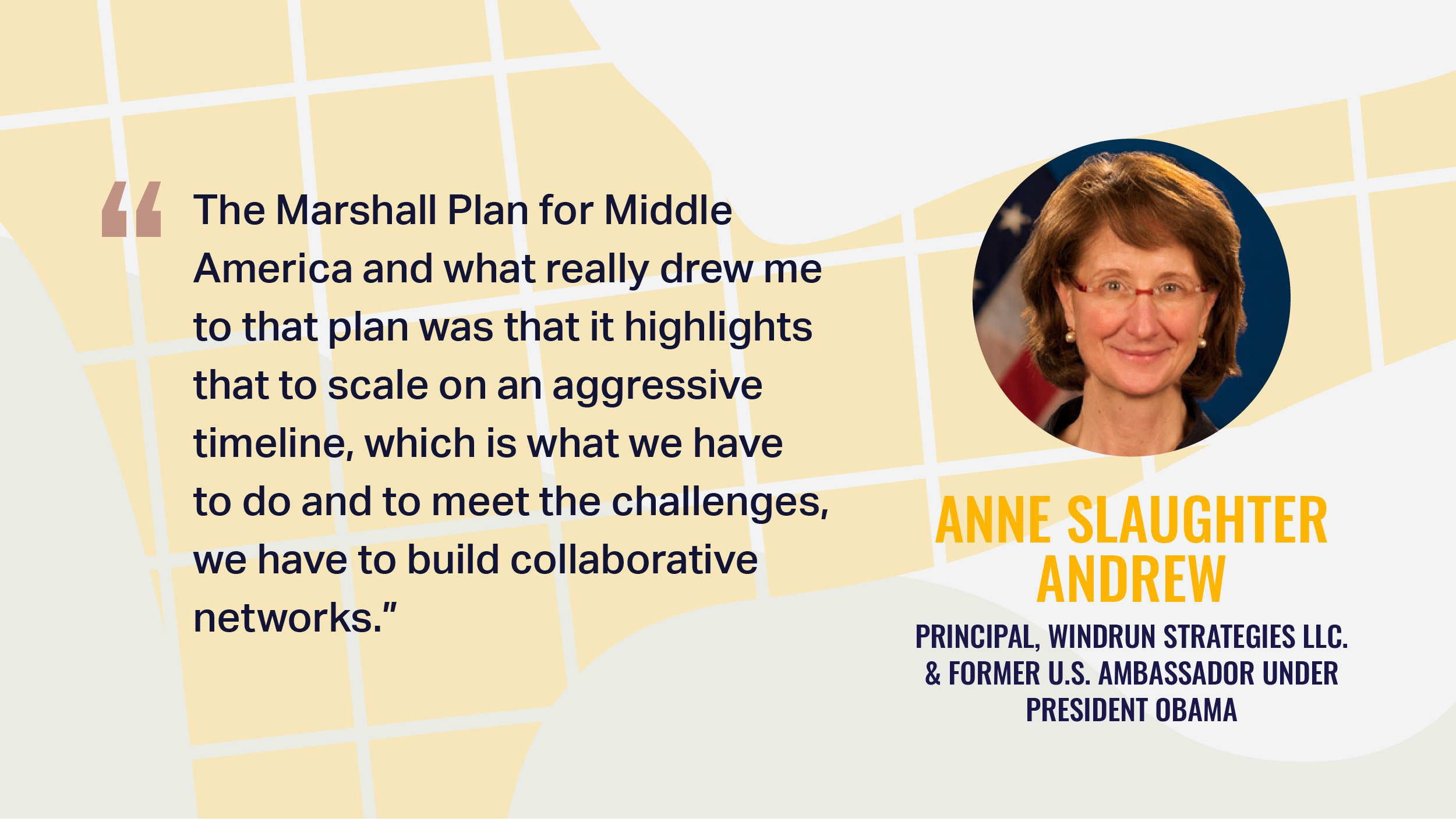
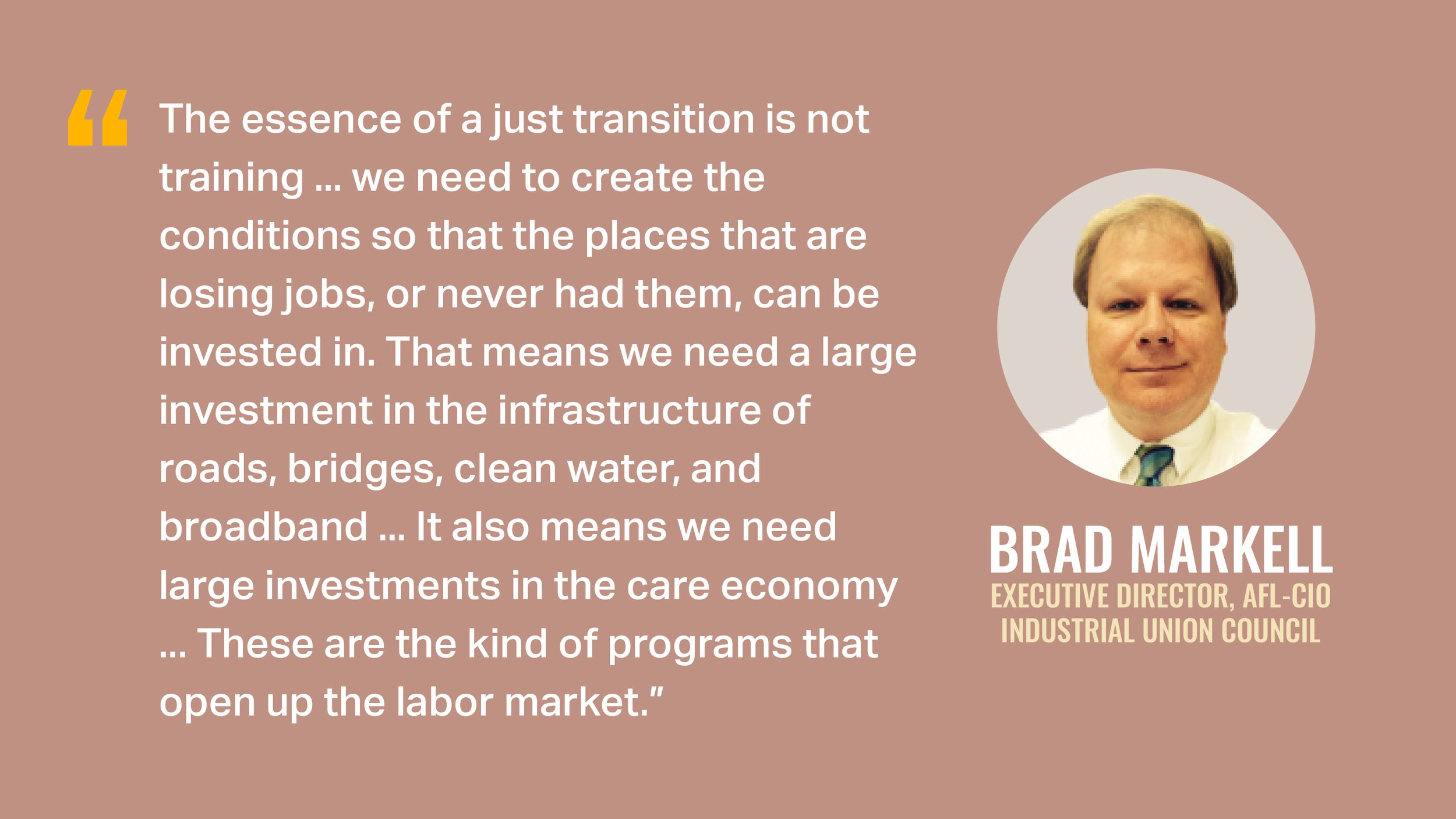
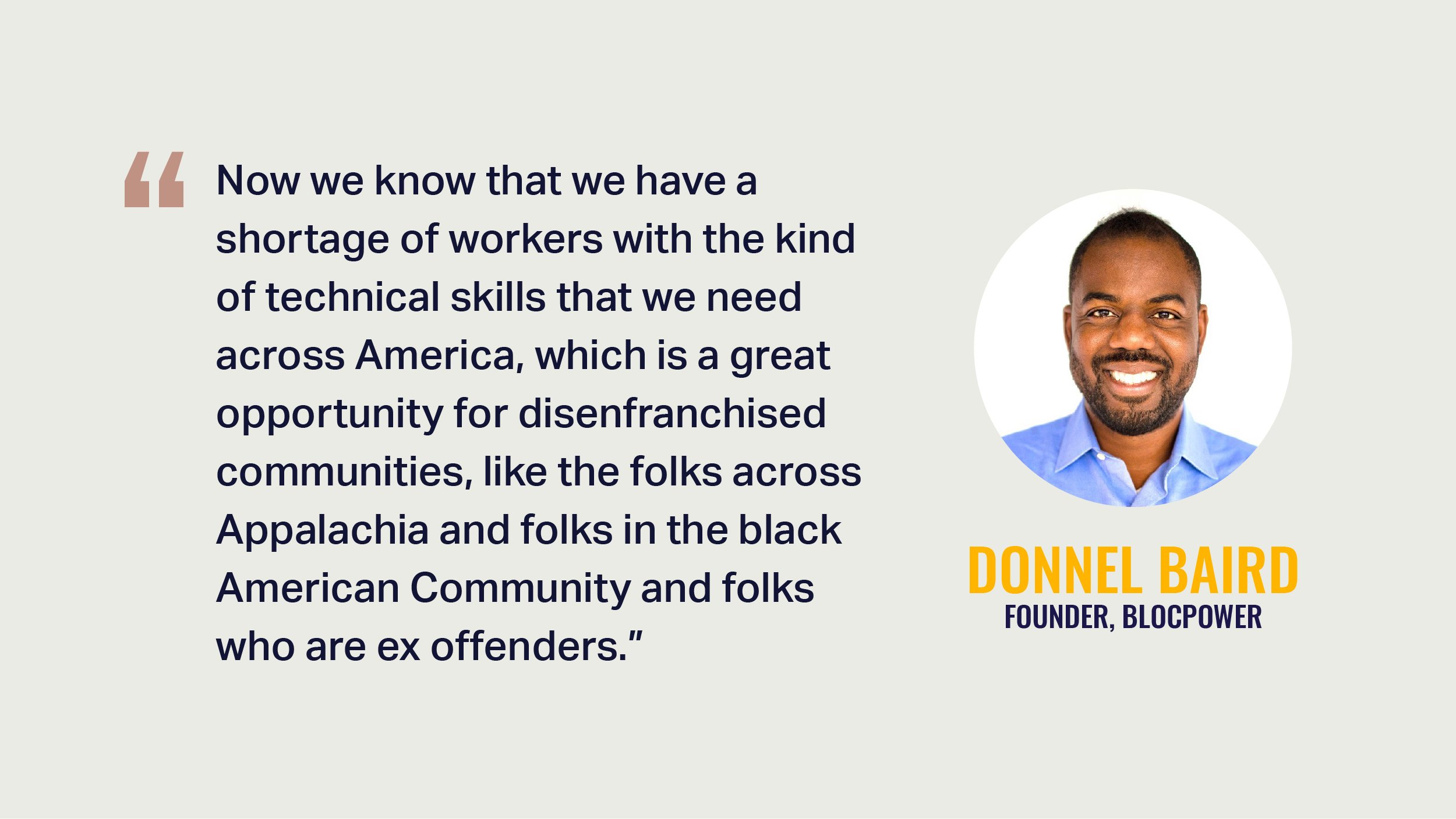
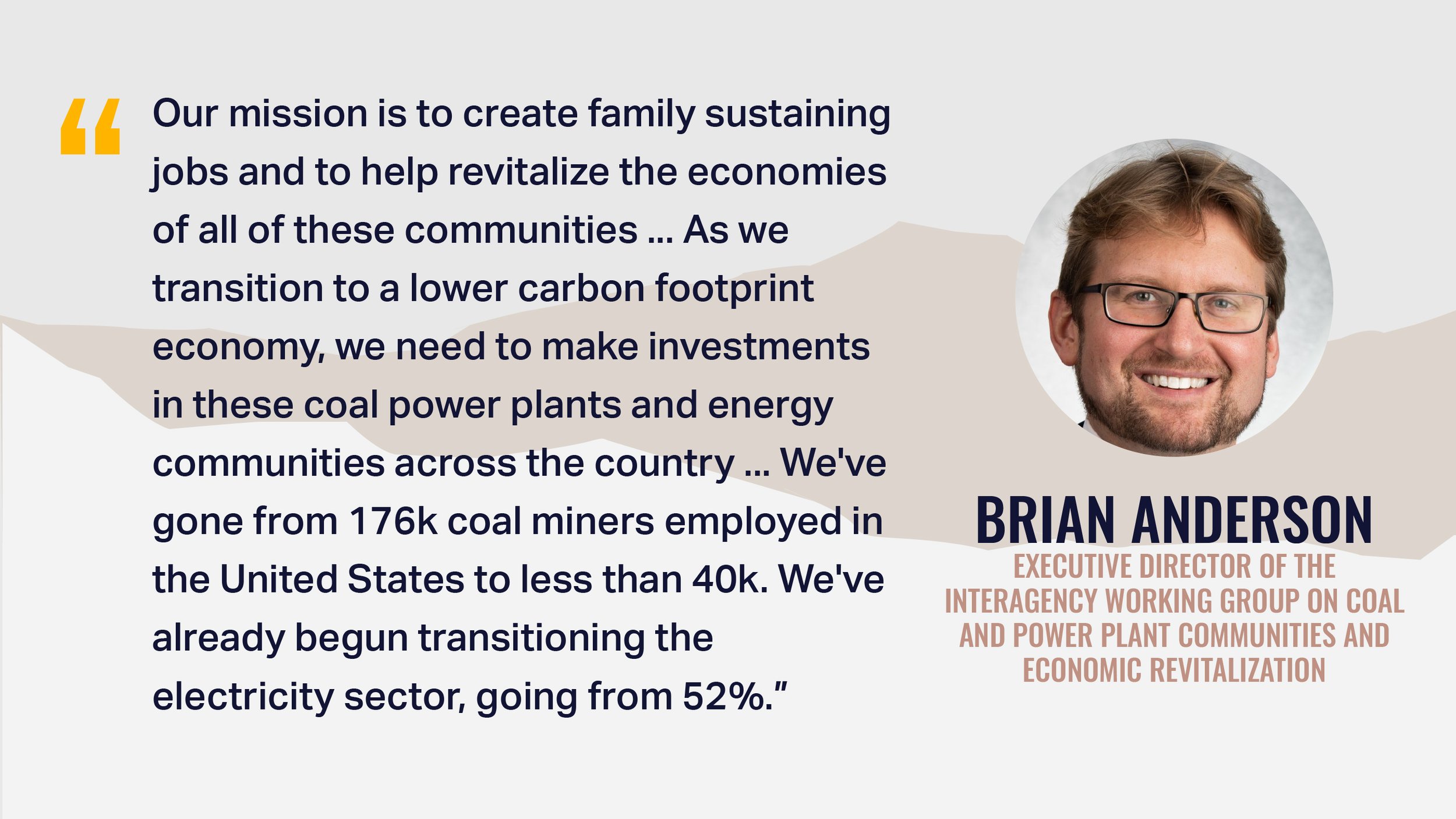
Key Priority Areas

Coming out of the Summit, participants coalesced around 5 main priority areas, which can be achieved through the three pathways highlighted below. Taken together, these findings described below have the potential to have a meaningful impact in addressing the region’s economic recovery challenges and energy revitalization by prioritizing better projects, unifying multiple regional actors towards collaborative action and sharing of best practices, and creating greater capacity to leverage the influx of upcoming funds for long-term community resilience.
Urban and rural communities often lack the local capacity to act differently and dedicate a significant effort just to maintain the status quo. Resources to activate and leverage the influx of money and federal funds to drive the desired transformation are missing.
OUR GOAL OVER 3-5 YEARS:
Work with communities within the region to create lasting capacity linked to forward-thinking vision statements and resilience roadmaps.
There is no shortage of ideas for projects that can meet the goals of MP4MA. Further, there is no shortage of private capital looking to invest in transformational projects. However, taking projects from the idea stage into implementation and completion is complicated and requires new capacities and partnerships. This is especially true when seeking the scale and impact outlined by MP4MA.
OUR GOAL OVER 3-5 YEARS:
Activate 30 projects totaling $500 million over 4 years within 10 project cohorts.
The scale and scope of the MP4MA goals require an unprecedented level of scaling and partnership across four states. This work will require a dedicated organization tasked with the mission of sharing best practices and lessons learned, coordinating opportunities for scaling, activating funding, and aligning on shared values.
OUR GOAL OVER 3-5 YEARS:
Formalize MP4MA as an organization with dedicated staff and a regional advisory board.
Regional Projects from the Summit Design Sprints

Selected Projects from the Region
Aiming to advance the ambitious ideas outlined in the Marshall Plan for Middle America, participants weighed in on real projects in the region requiring new and unlikely partnerships, smart funding sources, and diverse collaboration across silos to identify and overcome complex priorities and barriers. If you are interested in learning more about these projects, please reach out to contact@rcc.city.
Redevelopment of former uranium enrichment facility to serve as clean energy production and manufacturing hub for hydrogen and materials industries.
Update: Since the MP4MA Summit, the project team presented the hub at the White House, with White House National Climate Advisor Gina McCarthy and U.S. Secretary of Energy Jennifer Granholm in attendance.
Project Sponsor: Ohio University Voinovich School.
Athens: Hocking River Restoration
River restoration project to enable flood mitigation and enhanced recreation opportunities. The goal of the project is to restore the structural and functional aspects of the ecosystem that have suffered due to acid mine run-off.
Update: Since the Summit, the City of Athens has been working through an engagement agreement with its U.S. Army Corps of Engineers district in order to launch an engineering study on the Hocking River.
Project Sponsor: City of Athens.
PGH Green Building & Energy Technology Proving Ground, Johnstown
Support energy transition through application of high performance building technologies, broadband artificial intelligence, construction materials, and workforce training and upskilling in collaboration with residential and commercial building developers and manufacturers. Providing a shared physical and virtual space for clean energy technology applications, workforce and organized labor training, and technology research labs. Scale technologies and workforce through adjacent neighborhood applications in residential and commercial spaces. Focus on building insulation, electrification and on-site renewable generation capabilities provided by private manufacturers.
Project Sponsor: Pittsburgh Gateways & Energy Innovation Center.
Circular Economy and Reuse Corridor- Coalfield Redevelopment
Development of circular reuse strategies and product applications from waste materials. Targeted applications for solar energy manufacturing, bio based materials, mine land reclamation and green collar technology design.
Update: The Coalfield Development team has been selected as one of the recipients of the EDA Build Back Better Challenge Grant, focused on developing and scaling climate resilient industries in central Appalachia.
See also: APPALACHIAN ReUse CORRIDOR Strategic Plan (2022-2026).
Project Sponsor: Center for Coalfield Development.
The sustainable finance hub will help maximize the potential of sustainable projects, at the front end, by advocating for policies matching up to projects’ needs -- and getting local municipalities to enact these policies to create collaboration with union labor and key government stakeholders which can unlock investment opportunities and drive quality risk adjusted returns.
Update: The project is actively fundraising for talent resources, research, education, and building, operationalizing, and promoting the sustainable finance hub portal.
Project Sponsor: Heartland Capital Strategies.
The Building Blocks for a Clean Energy Economy
The project is a series of regionally-focused cohorts supporting a group of local governments, universities, businesses, utilities, and other large institutions through a series of tactical workshops to prepare brownfield sites for solar energy and procure large-scale solar energy projects on and around brownfields or other underutilized sites in the region.
Update: Hecate Energy has been fully dedicated to developing a solar/battery storage manufacturing hub along the I-79 corridor stretching between Pittsburgh, PA and Clarksburg, WV, in anticipation of the manufacturing tax incentives provided by the Build Back Better Act. Most recently, the Hecate solar manufacturing hub was featured at a White House CEO Roundtable on Energy Communities.
Project Sponsors: RMI, Hecate Energy, & Partners
MP4MA Tearsheet
Download the MP4MA tearsheet (PDF)
MP4MA in the News

Our Partners






